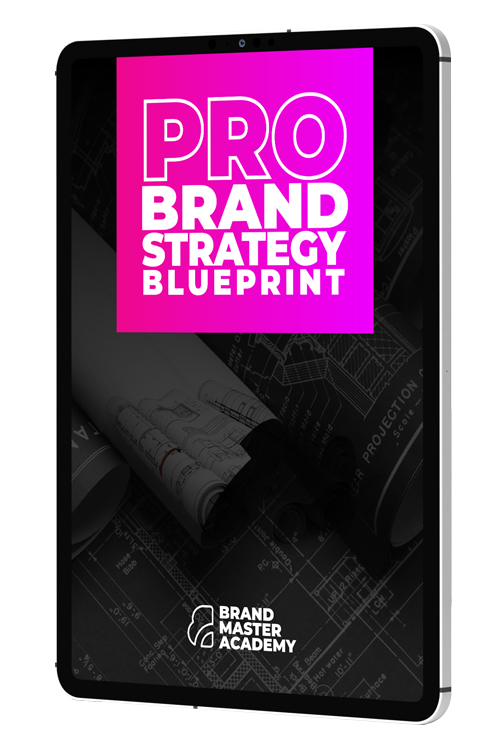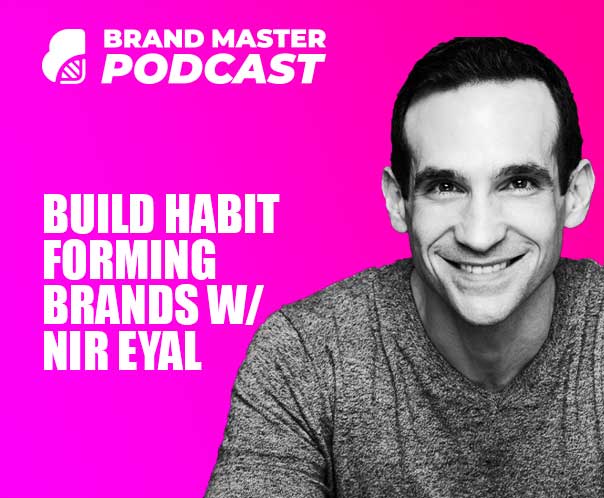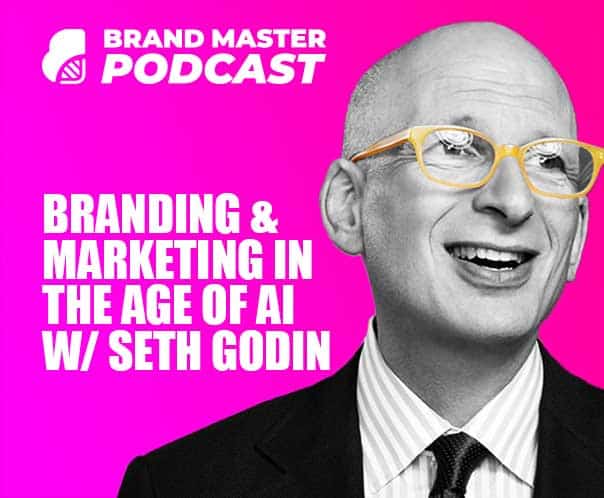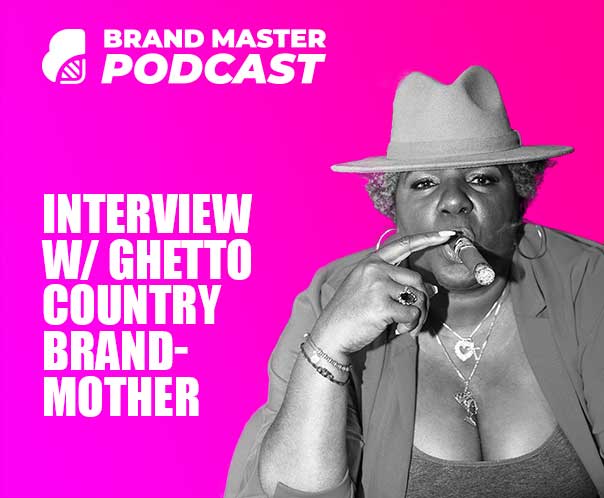The most loved brands in the world nurture intimate connections with their audiences.
They speak directly to their target groups in a way that makes them feel they’re speaking directly to the specific customer’s needs.
But on such a grand scale across such broad markets, how can they be so relevant?
The answer is by using a differentiated strategy.
In this article, you’ll learn how great brands leverage this strategy to grow brand equity, intimacy, and market share.
What Is Differentiated Marketing?

Differentiated marketing is a strategy brands use to appeal to multiple customer segments within their target market.
It provides brands with a means to be more relevant and expand their reach and market share by addressing specific needs while remaining consistent with their brand positioning and messaging.
They do this by tailoring their product offering and using different messages to specific market segments while staying “on-brand” and in line with the longer-term brand strategy.

Some people confuse differentiated marketing with concentrated marketing. But a concentrated marketing strategy is about tailoring the message to a specific customer base while the latter is about focusing your marketing efforts on a specific niche market.
There are many ways a brand can differentiate itself from its competitors, which is where strategy comes in.
There is no one size fits all approach and there are countless ways a brand can engage its audience and achieve its objectives.
Every industry and market is different, which is what brand strategists must define to then analyse the market and define the best approach for each circumstance.
Pros and Cons Of Differentiated Marketing

Differentiated marketing is a tool brands can use to get in front of various segments of their audience. And like most tools, there are advantages and disadvantages to consider.
ADVANTAGES
Be more relevant to specific segments
Be more specific to market needs
Flexibility to test different segments
Expanded reach and revenue
Increased market share
DISADVANTAGES
Increased research & development costs
Increased marketing and management costs
Inconsistent results
Risk of customer response
Risk of diluting brand equity
PRO Brand Strategy BluePrint
Build Brands Like A Pro Brand Strategist

Differentiated vs Undifferentiated Marketing

Differentiated marketing is about refining offers and marketing messages to be more relevant to a more specified segment of their target audience.
When done right, it can give brands a significant competitive advantage. But it requires in-depth market research and planning, which may come at a higher price than an undifferentiated marketing strategy.
An undifferentiated marketing strategy takes the opposite approach in that there is no differentiation across market segments, offers or messaging.
As it’s simpler, it carries lower costs, but it can also be less effective, especially for small businesses that may not have the advantage of a powerful brand name, even if they have the right mix of potential customers and product quality.
Essentially undifferentiated marketing approaches all market segments in the same way which is otherwise known as mass marketing.
Explore Brand Strategy
Programs & Tools
Examples Of Differentiated Marketing Strategy

One of the best brand examples to illustrate differentiated marketing in action is Nike.
Nike is a sports and lifestyle brand that creates a variety of products and offers for many different demographics.
Their differentiated marketing strategy allows them to be more relevant and attract customers to different products while fostering brand loyalty in different market segments.
Yet each campaign falls in line with the overarching strategy of the brand.
Nike Differentiated Marketing Example

For example, Nike will run campaigns that provide specific products and messaging to track and field enthusiasts that will be more relevant to their passion for running.
They can speak directly to their desires, fears, challenges and goals to appeal more directly and be more relevant.
Likewise, they’ll run campaigns that will have separate targeting for football enthusiasts as an example.
These campaigns will, again, be more relevant and consider the athletes, environments, passions and desires of football enthusiasts, which are often completely different from those of other market segments.
How To Create A Differentiated Marketing Strategy

Developing a differentiated marketing strategy is all about specificity.
Each market segment is different and the strategy needs to consider not only what the wants and needs but what messaging will resonate with them and where they’re most likely to congregate so the campaign can reach them.
Here is a process you can follow to define yours.
Step 1: Define Your Audience Segments

Every brand has a target market they want to appeal to. Yet, there may be multiple market segments within that market, each representing a more specific group of people, like college students vs. young adults, for example.
To create an effective differentiated marketing strategy you need to get clear on the market segments that exist and the market segments you want to target.
For example, within the sports shoe market, you’ll find a track and field segment. But you’ll also find the tennis segment you may or may not want to target.
Step 2: Understand Each Market

Once you’ve dissected your market into the segments you want to target, it’s time to drill down into each segment to get to know them better.
The more you know about each market segment, the more relevant and relatable you can be with your differentiated marketing campaigns.
For each segment, you should understand their
Circumstances
Behaviours
Beliefs
Passions
Fears
Desires
Hopes
Dreams
Step 3: Create Unique Offers For Each

It is possible to create a differentiated marketing strategy for different segments promoting the same offer to increase the effectiveness of your campaign. Ideally, you would want to promote separate products, services or offers for each segment.
For example, Nike wouldn’t run separate campaigns for track and field and another for football to offer both market segments the same product.
Relevancy is not just about your messaging, it’s about the offer and outcome you provide.
Step 4: Define A Marketing Plan For Each Offer

Once you’ve taken the time to segment your market, get to know them individually and create compelling offers for each, you now must identify the best place to engage them.
Your options here are limited only by where your segments congregate.
Again using Nike as an oversimplified example. They’re more likely to run football market segment campaigns during the time and on the channels that the world cup is being shown.
Campaigns like these can expand across multiple platforms and channels where football fans hang out.
Over To You
Differentiated marketing is an important and flexible strategy for brands to use.
As always, when it comes to branding, every market is different.
Through the brand strategy, they can align their broad market through their shared beliefs, values and passions… through the marketing strategy, they can get much more granular with their offers and messaging to drive more action.
On-Demand Digital Program
Brand Master Secrets
Make the transition from hired-gun to highly valued brand strategist in less than 30 days. The systems, frameworks and tools inside this comprehensive program are all you need to level up.








